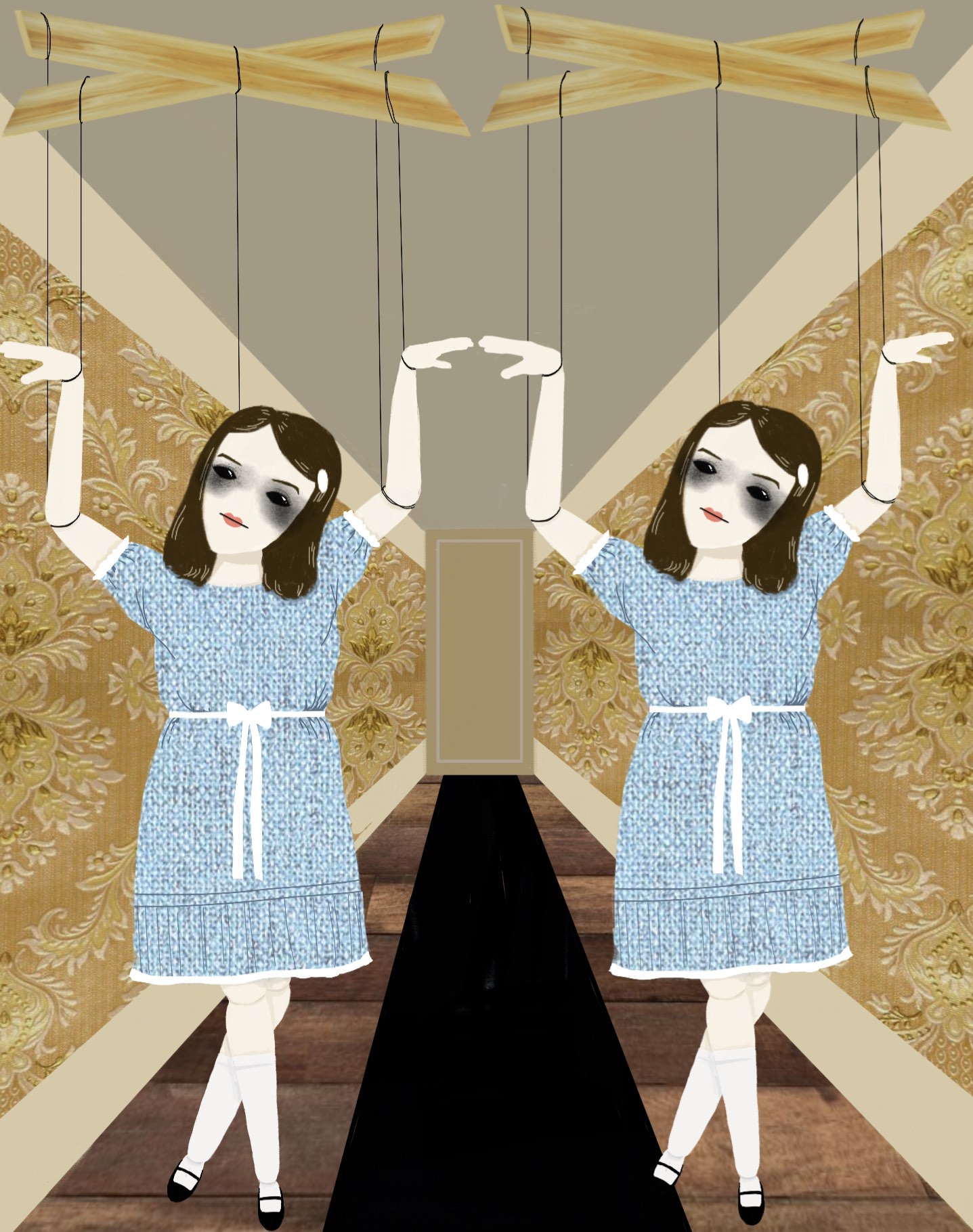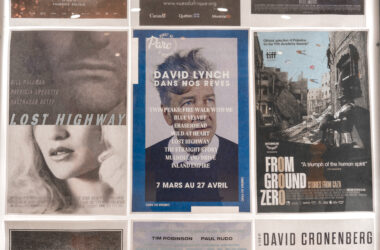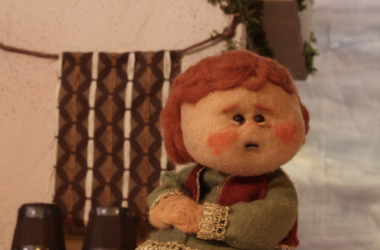No one likes marionettes. In my mind, a marionette is one of three things: A lying rascal named Pinocchio, a demon-possessed puppet that haunts an abandoned Opera House, or, simply, entertainment for children. Marionettes are uncanny—miniature human figures stripped of all bodily autonomy, hanging limply with lifeless eyes. I never thought there was any artistic merit in puppetry, that is, until I saw it performed.
Le Festival Marionnettes Plein La Rue – Édition 9.5 is a multi-week event featuring pop-up performances and scheduled shows on Saturdays and Fridays at the Wellington Promenade in Verdun. The event features not just marionettes—puppets moved strictly by strings—but also other puppets of varying shapes and sizes. Some were propped up on sticks, attached to mouths, laid out flat in 2D, or even put on as costumes by actors. It is a festival that swells with life, showcasing the multitudinous mediums of puppetry.
The first pop-up event on Sep. 11 was a set-up of endearing cardboard homes where onlookers could pop their heads into a cut-out window and view a miniature image inside the boxes. Kids formed lines leading up to the boxes, excited to peek inside the pocket-sized show.
The second was an interactive street show with two actors miming a performance. One was a short man dressed in a Magritte bowler-hat, while the other was a towering, skeletal Raggedy Ann, balancing on multi-foot stilts, dressed in a flowing 16-foot Victorian dress. Both had white-painted faces, red lips, and black diamond eyes.
The performers had multiple scenelets set to music playing from the actors’ suitcases. The radio crooned “Sous Le Ciel De Paris,” and the clowns became lovers, grasping one another’s hands as the Raggedy Ann stooped down like a giraffe to kiss her partner. Suddenly, the music switched to the rumbling of a storm, and the actors scuttled out of the rain, running with water-sprinkler-topped umbrellas.
Finally, when the tune changed to a crackly tango, the giantess opened her suitcase, from which a puppet of an elderly man peered out. With a swift grace, the actress, now a puppeteer, manoeuvred the puppet’s body up the suitcase handles as if he was climbing a pole. In response, her scene partner leaned close to watch, and when the puppeteer moved her finger so as to threaten the balance of the old man perched atop the handle, her scene partner gasped, on the brink of tears. As she moved the old man up the shoulders of the bowler-hatted performer, he reacted to the weight, his shoulders jumping and arms shaking.
Soon, it became clear that the actors were both the puppets and puppeteers. Their movements were sudden, slap-sticky, charming, and incredibly precise. I had never before considered the Herculean work of these performers. From the twitch of a pinky finger to the twist of a torso, everything was methodical, exact, and hypnotizing. For the first time, I finally understood the appeal; puppeteering, unlike other artforms, hides nothing. There is no backstage. No crew. Puppeteering does not attempt to convince you that you are watching real life, that the puppets are moving on their own. Instead, it embraces the visibility of the puppeteer’s hands. You see the human moving the puppet, yet you cannot look away because it moves as if it were alive. And the puppeteers know that this is where the magic lies: In our ability to make life out of stillness.









